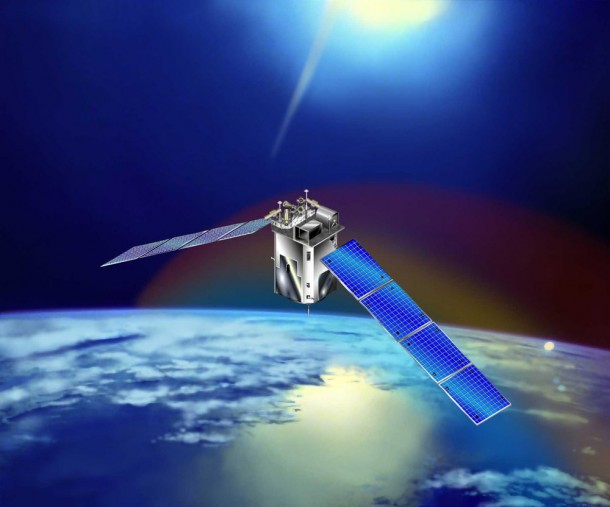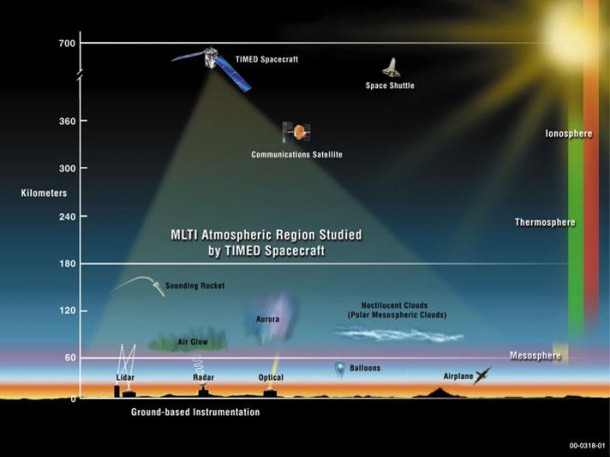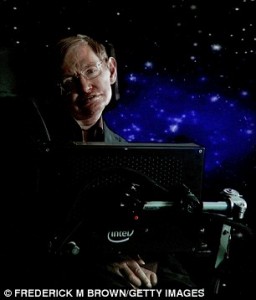NASA’s Thermosphere Ionosphere Mesosphere Energetics and Dynamics (TIMED) mission has been extended again and this times it’s been fourth.TIMED began an extended mission on Oct. 1, 2010 — its fourth extension since the original 2-year mission began in January 2002 — and will continue collecting and analyzing data through 2014.
This is its fourth extension since the original 2-year mission began in January 2002. TIMED will focus this time on a problem that has long puzzled scientists: differentiating between human-induced and naturally occurring changes in this atmospheric region. This extension also allows TIMED to continue collecting data for longer than a full 11-year solar cycle.
TIMED features four main scientific instruments, called GUVI, SEE, TIDI and SABER, Science Blog reports.
GUVI is the Global Ultraviolet Imager, SEE stands for the Solar Extreme Ultraviolet Experiment, TIDI is an acronym for the TIMED Doppler Interferometer, and SABER is the name of the Sounding of the Atmosphere using Broadband Emission Radiometry instrument.
The key instrument performing this work is known as SABER (or Sounding of the Atmosphere using Broadband Emission Radiometry), built by Hampton University in Hampton, Va. SABER can remotely sense composition and temperature in the mesosphere.
In addition to checking for effects from humans, TIMED scientists would like to understand how cooling temperatures in the middle atmosphere are causing the thermosphere to become less dense and its composition to change. With fewer particles in the thermosphere, there’s less drag on satellites in space, which affects how long spacecraft and space debris stay in orbit – information that must be integrated into calculations for orbit models.
Composition changes in the thermosphere can also alter ionospheric structures that affect radio wave propagation and communications. To help with this is an instrument called SEE (or the Solar EUV Experiment) built at the University of Colo., which looks at the sun’s x-rays and extreme ultraviolet rays to see how they impact our atmosphere.
TIMED will also collaborate with NASA’s newest eye on the Sun, the Solar Dynamics Observatory, which provides continuing solar radiation measurements and new views of how solar activity is created.
NASA’s Goddard Space Flight Center in Greenbelt, Md. manages the TIMED mission for the agency’s Science Mission Directorate at NASA Headquarters in Washington. The spacecraft was built by the Johns Hopkins University Applied Physics Laboratory in Laurel, Md.



